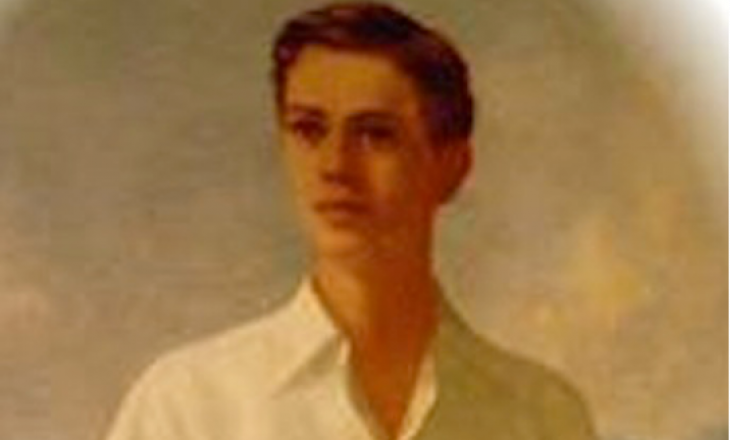Samuel Mahelona Memorial Hospital

Tuberculosis (TB), an infectious bacterial disease that mainly affects the lungs, was once a common cause of death. Nowadays, its spread is countered by vaccination, and the pasteurization of milk, drugs and surgery can arrest it. But, TB was still considered incurable in 1913 when Ida L’Orange was appointed DistrictTuberculosis Nurse and special emphasis was placed on treating tuberculosis sufferers on Kaua‘i.
In 1914, L’Orange was succeeded by Mabel Wilcox, whose duties took her into rural areas of Kaua‘i to locate and help the afflicted. Her work was dangerous, since she ran the risk of being infected herself, but she was undeterred, as was her father, Samuel Wilcox, who spoke the Hawaiian language and oftentimes went along to translate for her.
The backcountry Hawaiians she treated welcomed her as “Wilikoki, Kauka Wahine” (Wilcox, the woman doctor), and her prescriptions of bed rest, fresh air, and mild exercise were the most effective measures then available to relieve their suffering at home. But patients requiring hospital care often had nowhere to go, since Kaua‘i’s sugar plantation hospitals lacked space, personnel and equipment.
Then, in 1915, Albert Spencer Wilcox and his wife, Emma Mahelona Wilcox, came forth with an offer of $25,000 that they later doubled for the building of a tuberculosis hospital to be named after Samuel Mahelona, a member of their family who’d died of tuberculosis.
Soon after, Charles Wilcox chaired a building committee, a site of 120 acres at Kapa‘a was selected, and Mabel Wilcox’s building plans were chosen. Construction was completed in 1917. Mahelona’s first General Manager was Mabel Wilcox. Dr. Kuhns was Visiting-Physician, and Marguerite Castro, Nurse. The original hospital building was rebuilt in the 1950s, and over the years, Mahelona Hospital grew to include psychiatric, medical, skilled nursing and long-term care, and outpatient and inpatient services.
